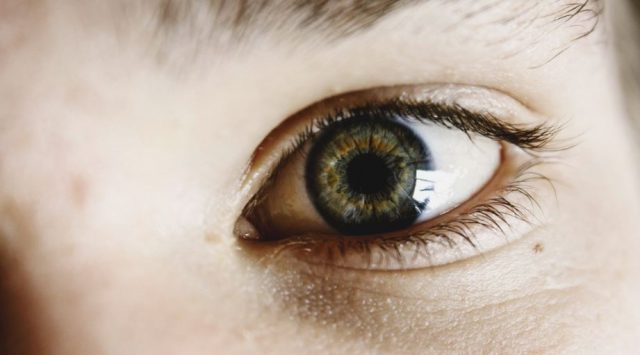The eyes are considered one of the most vital organs. The eye injury is considered as grievous injury. Consequently, it becomes vital to keep a check on any visual impairment you suffer from and fix an appointment with a competent physician. For this reason, it is essential to have a crystal-clear idea about the eye physician according to your condition for the best treatment. And this is why we created this article with the help of See and Be Seen to ensure that you are able to get the best possible Physician for yourself.
Signs and symptoms requiring your attention
- Constant prolonged and frequent headaches.
- The blurring of vision and eye infection.
- In case of blocked tear duct in an infant.
- Foreign object sensation and chemical burns in eyes
- Squint, intense eye pain.
- In case of flashes and floaters.
Points to keep in mind while selecting the right physician
- The specialty of the physician
- An Optometrist is a primary eye care doctor. He does a regular eye examination of vision and corrects the refractive error with the help of eyeglasses and contact lenses. Also, he provides low vision care and therapy.
- An Ophthalmologist is a specialist who deals with the major eye disorders already developed and performs surgery if required. He deals with diseases such as glaucoma, Diabetic retinopathy, retinal detachment, etc.
- An optician is a technician who designs and provides fitting of the glasses and contact lenses as prescribed by the physician.
Henceforth, it becomes extremely important to choose the physician depending upon your condition. In some conditions, the optometrist and ophthalmologist work together to provide vision care and rehabilitation therapy.
it is advised to visit a specialist depending upon your disease specifically when the disease is already developed. For a regular examination and eye infections such as dry eyes visit your primary health care provider. In disorders like Diabetes and hypertension, it is recommended to visit the ophthalmologist regularly and as advised.
- Availability of the physician
- make sure that the physician is available and accessible to you so that you can go for a follow-up from time to time as well as in case of an emergency.
- Find a physician who listens to your case and problems before prescribing you the medications.
Referrals: the tried and tested
Nothing equals the Word of mouth and personal experience by your relatives and friends. As eyes are sensitive, It becomes essential to have a trustworthy and reliable review to avoid medical negligence.
The frequency of examination
The eye care appointment routine directly depends upon your age.
- During the 20s it is advised to get your eyes tested annually while the frequency doubles as you age further in the ’30s
- In adults as directed by the physician depending upon your health issues.
- similarly, children are tested just after birth, at the age of 6 months and in 3 years, further, they are tested at their schools as they grow up in their schools at regular intervals.
Points to be noted while visiting a doctor
- Carry your medical history along with recent medications and prescriptions.
- Carry your last spectacles for review.
- Take the latest blood reports, if done any that may prove helpful in evaluation and analysis for arriving at a diagnosis.
The procedure of your examination
A physician will do certain tests for arriving at the right diagnosis and they may vary depending upon the individual
- A usual visual acuity test can be performed to check the refractive error.
- A color blindness test will be performed to check the visual defects.
- Pressure within the eyes will be measured to rule out conditions such as glaucoma.
- The retinal examination will be performed to know about the underlying pathology.
- Other tests may be advised to rule out conditions such as diabetes, cataract, and hypertension. These disorders affect the vessels within the eyes at a drastic level and cause rapid damage.
Precautions to be taken
- During the procedure, the physician will pour the medicine into the eyes that will lead to the widening of the pupil. It may last for 2 to 4 hours, therefore, it is recommended to carry the sunglasses with you and to avoid driving.
- It is recommended to remove your contact lenses in case of red eyes or any infection as it will aggravate the condition.
- If symptoms don’t resolve or worsen within 24 hours, it is advised to fix an appointment urgently.
- Do not use the shared towels and make-up items. Use uncontaminated water to cleanse your eyes.
WHO aims to reduce the preventable cause of sickness to avoid vision loss. The subject has been added to the 2014 – 2019 year under the global health action plan in the universal eye health title that aims to provide rehabilitation therapies for visually impaired people.





